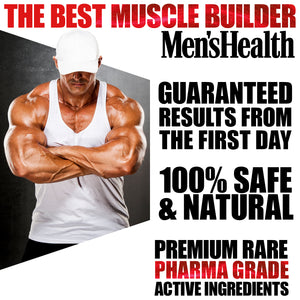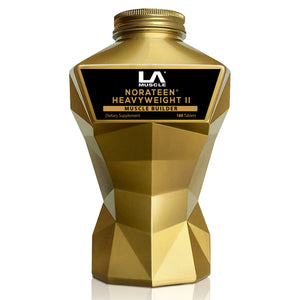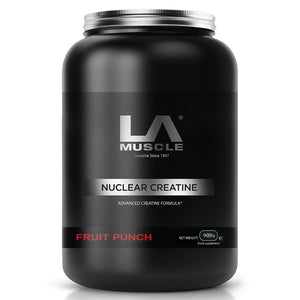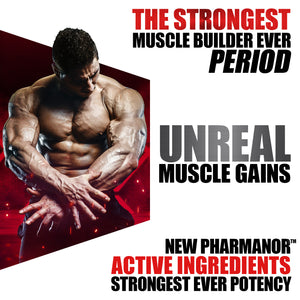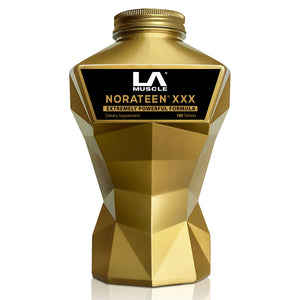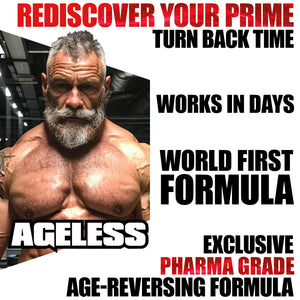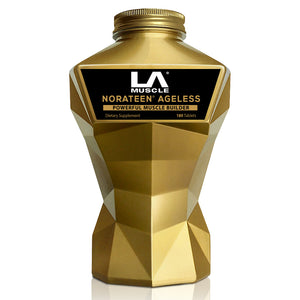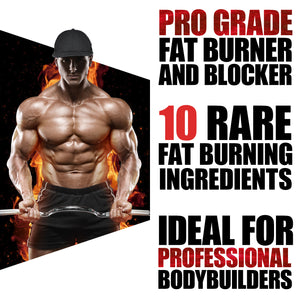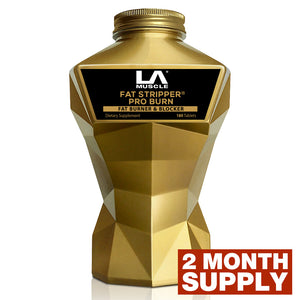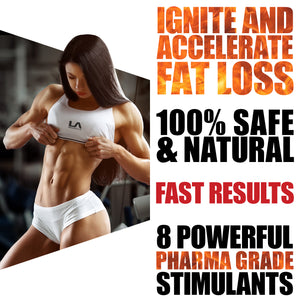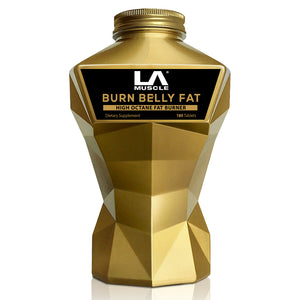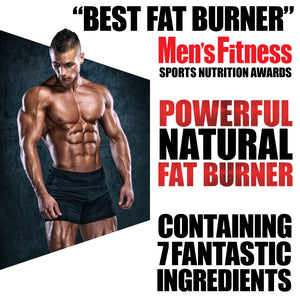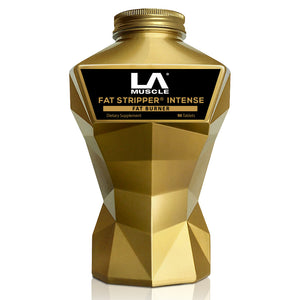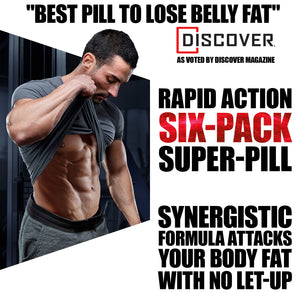1. Why Building Muscle Gets Harder After 40
-
Decline in hormones: Testosterone and growth hormone levels naturally fall as we age, reducing muscle protein synthesis and recovery capabilities.
-
Slower recovery: Muscle and connective tissues heal more slowly, increasing injury risk if training intensity isn’t managed properly.
-
Decreased muscle mass: Without regular resistance training, you can lose up to 5% of your muscle mass per decade after 40—accelerating functional decline.
-
Joint wear and tear: Years of physical activity accumulate stress on joints and connective tissues, necessitating a more mindful exercise approach.
2. Injury Risk and How to Minimise It
-
Emphasise mobility and flexibility
-
Begin workouts with dynamic stretching and warm-ups. Think gentle leg swings, arm circles, and katy stick reaches to lubricate joints.
-
-
Focus on form over load
-
Prioritize technique. Use controlled movements with full control—don’t rush into heavy weights.
-
-
Progress gradually
-
Increase resistance, reps, or volume by no more than 5–10% per week to avoid overloading muscles or joints.
-
-
Build recovery into your schedule
-
Take 48–72 hours of rest per muscle group, especially after hard sessions. Integrate foam rolling, yoga, or light walking to support recovery.
-
-
Include joint-strengthening movements
-
Exercises like banded lateral walks, body‑weight calf raises, and scapular push-ups help protect hips, knees, and shoulders.
-
3. Exercise Strategy for Hard-Gainers Over 40
-
Compound movements are your foundation:
-
Squats or goblet squats, lunges, deadlifts (or rack pull), bench presses, rows, and overhead presses. Aim for 8–12 reps over 3–4 sets.
-
-
Include unilateral exercises to address strength imbalances:
-
Single-leg RDLs, single-arm dumbbell rows, and split squats improve stability and joint resilience.
-
-
Prioritize stabilization and core strength:
-
Practice planks, bird-dogs, and anti-rotation chops to enhance functional strength.
-
-
Add low-impact cardio:
-
Activities like swimming, cycling, or brisk walking support circulation, joint health, and cardiovascular fitness without excessive joint stress.
-
4. Dietary Support: Quality Over Quantity
-
Prioritise protein:
-
Eat at least 1.2–1.5 grams of protein per kilogram of bodyweight daily. Include lean meats, fish, eggs, dairy, tofu, lentils, and beans.
-
-
Balance your macros:
-
Include healthy fats (e.g., olive oil, avocados, nuts) for joint nourishment and hormonal health. Complex carbs (oats, sweet potatoes, whole grains) fuel workouts and recovery.
-
-
Stay hydrated:
-
Older adults require more water to support joint lubrication, digestion, and metabolism.
-
-
Time your nutrients:
-
Have protein-rich meals or shakes within 1–2 hours of training to optimise muscle repair.
-
-
Consider supplements wisely:
-
Vitamin D, omega‑3s, magnesium, and joint support blends can aid recovery and overall well-being.
-
5. Support Supplement: Norateen Ageless
For those seeking an extra edge in recovery, energy, and muscle maintenance after 40, Norateen Ageless is formulated with plant-based adaptogens, peptides, and antioxidants known to:
-
Boost Testosterone
-
Dramatically increase muscle endurance and recovery
-
Reduce inflammation and promote joint comfort
-
Provide noticeable improvements in energy and mental clarity
When combined with a balanced diet, structured training routine, and proper rest, Norateen Ageless will help bridge the gap that age can bring.



